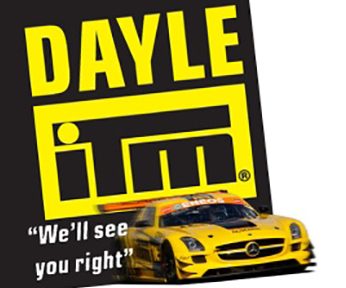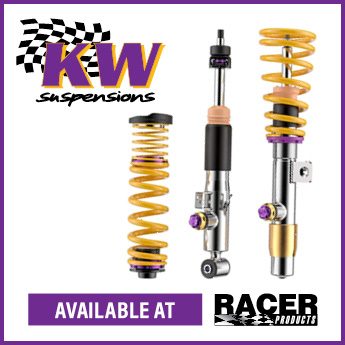Sebastian Steel likes fast cars.
Like a lot of Kiwis, he has a knack for building things.
And he’s also pretty clever when it comes to dealing with Electric Vehicles (EVs).
Put all three together, and you get the Ghost EV – a homebuilt EV Hillclimb race car.
For three years, Steel has been building the Ghost EV in his Lower Hutt shed.
“I never thought I was the kind of guy to take three years off motorsport to build my own race car,” Steel said.

When he was a boy, Steel would build remote control planes.
“Back then, the technology was just not there. The batteries were really heavy, and the planes would fly terribly.”
Battery technology has evolved rapidly since those days, and EVs are quickly gathering hype as the future of the automotive world.
For Steel, the Ghost EV project is a manifestation of his EV passion.
“It’s an exercise to show how much of an EV guy I am.”
The Ghost EV is currently in a rear-wheel-drive configuration. An electric motor pumping out 55kW is independently connected to each rear wheel.
New, high-voltage battery packs (roughly 120V) are being shipped to New Zealand, which Steel says will make the car faster and lighter than its current set-up.
Right now, the car does run.
Because it is not road legal nor approved for competition, testing has proven difficult. But Steel did manage to get some time driving around a car park.
Powering one of the motors for the test was six lead-acid car batteries, weighing a total of 140kgs.
The new battery packs will weigh less than just one car battery. It means Steel is estimating the total weight of the completed car to be roughly 450kgs.
As for how fast it goes, that’s something not even Steel knows right now.
“Sometime in December, we will take it to the Masterton Motorplex and do some 0-100km/hr runs.
“I’m as keen as anyone to see how it goes and what happens.”
Under four seconds is the 0-100 target Steel is aiming for once he’s fine-tuned everything.

The car itself won’t have a significantly impressive top speed, likely no more than 150km/hr.
But there is a reason for that.
The Ghost EV is a Hillclimb project. The batteries will run at full tilt for about two minutes before needing recharging, which takes around an hour.
Two minutes is enough considering the majority of Hillclimbs and sprints in the Wellington region have courses of between 30 and 90-second run times.
The courses don’t reward a high top-speed as much as acceleration, which explains Steel’s want for an ultra-light EV race car.
After the December test, two more motors will be fitted on the front axle, essentially making it a four-wheel-drive car. Power output will be doubled as a result.
But that’s a long way off. For now, Steel just wants to get his hands on the new battery packs and put his project through its paces.
“I’m really excited to take it out and really see what it can do.”

Earlier this month, MotorSport New Zealand published a 17-page guideline permitting EVs for competition use.
The guideline does not give EV owners an instant free pass to go racing. Instead, given the unique hazards they present, EVs must go through strict scrutineering.
It becomes even tougher for scratch-built EVs to get MotorSport New Zealand approval.
The guidelines state any scratch-built EV must comply with “FIA Appendix J Article 253,” which almost mirror Formula 1-esque regulations given their extreme detail.
For Steel, adhering to the FIA regulations to get his car approved becomes incredibly expensive and time-consuming.
“To do it on a realistic budget gets real hard, real fast,” he said.
“We are having ongoing conversations with MotorSport New Zealand to see what I can change to my car to meet their standards.
“But we’ll see.”

Still, the car looks fast.
The body panels are fibreglass, which Steel purchased off of Trade Me.
“It was listed under something really weird,” he said.
“But we found two complete bodies on someone’s farm.
“The guy who sold them had made them about 20 years ago when he owned a fibreglass shop.
“He made them because he always wanted to do something with them, but he never did.”
The panels fitted almost perfectly, only needing some subtle lengthening.
“The width was bang on.”
Steel chose the number 333 for the Ghost EV because the body shell is meant to be a replica of the Ferrari 333 SP car.
That, and he’s also playing a cheeky bit of gamesmanship.
“Having a bigger number means you’re one of the last to do your first run in Hillclimbs, so the track is not as dirty,” he laughed.
“My old car was number 14, so I’ve had my fair share of going early. It’s good to now have a big number.”
Main Image: John Thomsen of Sixtone Photography & Design
















